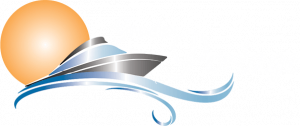NORTHWEST INDIANA | A 90-minute, minimally invasive procedure offered through Powers Health is helping people with a common circulatory condition improve mobility and lessen leg pain.
Percutaneous transmural arterial bypass (PTAB) using a system called DETOUR is an effective option for patients with lower extremity peripheral artery disease (PAD). This is geared for patients who may or may not have had prior interventions, like stenting, but remain symptomatic with long superficial femoral artery disease. Although many people will benefit from femoropopliteal bypass surgery, which remains a standard of care, the PTAB technique offers similar results with a shorter recovery time and possibly less overall patient risk.
The PTAB procedure is a minimally invasive approach that creates a new pathway for blood flow using the patient’s femoral vein as a channel to bypass long, complex blockages in the arteries of the leg. It carries a lower rate of infection than open surgical bypass, and patients typically spend one day in the hospital.
During the DETOUR procedure, stent grafts are used to bypass the blockage in the leg, redirecting oxygenated blood flow around the blockage and into the lower part of the leg.
Powers Health Interventional Cardiologist Dean Ferrera, DO, was the first in the healthcare system to perform the PTAB with DETOUR procedure. Ferrera is joined by Interventional Cardiologists Shadi Halabi, MD, Anas Safadi, MD, and Kais Yehyawi, MD, in offering this procedure within Powers Health.
“Having worked with many challenging and complex PAD patients, I now see a great opportunity in caring for both straightforward and complex disease states,” Ferrera said. “The DETOUR system is breakthrough technology – offering a lesser invasive alternative to surgery with high rates of success and strong patency.”
Halabi added, “For patients who have long lesions in their superficial femoral artery and have not responded well to other treatments, PTAB with the DETOUR system is a promising option.”
PAD is the narrowing or blockage of the vessels that carry blood from the heart to other parts of the body, especially the legs. Symptoms include muscle weakness, cold or numb toes, skin that is cool and shiny and sores on the legs or feet that don’t heal.
About 6.5 million people 40 and older in the United States have PAD, according to the Centers for Disease Control and Prevention. Left untreated, PAD may cause pain or loss of mobility and may increase a person’s risk for stroke, heart attack and coronary artery disease. Factors that can accelerate PAD include diabetes, smoking, high cholesterol and advanced age.
“For patients with complex forms of PAD, this treatment helps improve their quality of life,” Safadi said.
He and Yehyawi have partnered on a number of cases and witnessed the impact on patients.
“This procedure has been highly effective, and our patients appreciate the shorter hospital stay and faster recovery time,” Yehyawi said.
For more information about cardiovascular care at Powers Health, visit PowersHealth.org/heart
Powers Health, St. Mary Medical Center
-
Karin Saltanovitz
- October 07, 2025
- (219) 947-6381
- Send Email


